webview2导入到mfc参考:
windows vs2022 MFC使用webview2嵌入网页-CSDN博客
webview2与js交互参考:WebView2教程(基于C++)【四】JS与C++互访(上)_window.chrome.webview.postmessage-CSDN博客
一、JS端发送和接收
JS中,通过postMessage方法向C++发送消息,代码如下
window.chrome.webview.postMessage(window.document.URL)JS监听从C++发来的数据,代码如下:
window.chrome.webview.addEventListener("message", (e) => {
//console.log(e);
alert(e.data);
})完整html:
<!DOCTYPE html>
<html>
<head>
</head>
<body>
<button onclick="test()">测试</button>
<script>
function test(){
window.chrome.webview.postMessage('123')
}
window.chrome.webview.addEventListener("message", (e) => {
//console.log(e);
alert(e.data);
})
</script>
</body>
</html>二、C++端webview2 接收消息和发送消息
C++中要想接收消息,必须注册一个WebMessageReceived事件,
在WebView2控件成功添加到窗口上时,我们就可以注册事件了,代码如下:
webview->add_WebMessageReceived(Callback<ICoreWebView2WebMessageReceivedEventHandler>(
[](ICoreWebView2* webview, ICoreWebView2WebMessageReceivedEventArgs* args) -> HRESULT {
wil::unique_cotaskmem_string message;
args->TryGetWebMessageAsString(&message);//从html接收数据
// processMessage(&message);
webview->PostWebMessageAsString(message.get());//发送数据到html
return S_OK;
}).Get(), &token);三、从本地加载一个html
本地文件路径:file:///C:/Users/76211/Desktop/a.html
完整代码:
void CMFCApplication1Dlg::LoadUrl(const wstring& strUrl)
{
HWND hWnd = this->m_hWnd;
// TODO: 在此添加您专用的创建代码
// <-- WebView2 sample code starts here -->
// Step 3 - Create a single WebView within the parent window
// Locate the browser and set up the environment for WebView
CreateCoreWebView2EnvironmentWithOptions(nullptr, nullptr, nullptr,
Callback<ICoreWebView2CreateCoreWebView2EnvironmentCompletedHandler>(
[hWnd, strUrl](HRESULT result, ICoreWebView2Environment* env) -> HRESULT {
// Create a CoreWebView2Controller and get the associated CoreWebView2 whose parent is the main window hWnd
env->CreateCoreWebView2Controller(hWnd, Callback<ICoreWebView2CreateCoreWebView2ControllerCompletedHandler>(
[hWnd, strUrl](HRESULT result, ICoreWebView2Controller* controller) -> HRESULT {
if (controller != nullptr) {
webviewController = controller;
webviewController->get_CoreWebView2(&webview);
}
// Add a few settings for the webview
// The demo step is redundant since the values are the default settings
wil::com_ptr<ICoreWebView2Settings> settings;
webview->get_Settings(&settings);
settings->put_IsScriptEnabled(TRUE);
settings->put_AreDefaultScriptDialogsEnabled(TRUE);
settings->put_IsWebMessageEnabled(TRUE);
// Resize WebView to fit the bounds of the parent window
RECT bounds;
::GetClientRect(hWnd, &bounds);
webviewController->put_Bounds(bounds);
// Schedule an async task to navigate to Bing
webview->Navigate(strUrl.c_str());
// <NavigationEvents>
// Step 4 - Navigation events
// register an ICoreWebView2NavigationStartingEventHandler to cancel any non-https navigation
EventRegistrationToken token;
webview->add_NavigationStarting(Callback<ICoreWebView2NavigationStartingEventHandler>(
[](ICoreWebView2* webview, ICoreWebView2NavigationStartingEventArgs* args) -> HRESULT {
wil::unique_cotaskmem_string uri;
args->get_Uri(&uri);
std::wstring source(uri.get());
/*if (source.substr(0, 5) != L"https") {
args->put_Cancel(true);
}*/
return S_OK;
}).Get(), &token);
// </NavigationEvents>
// <Scripting>
// Step 5 - Scripting
// Schedule an async task to add initialization script that freezes the Object object
webview->AddScriptToExecuteOnDocumentCreated(L"Object.freeze(Object);", nullptr);
// Schedule an async task to get the document URL
webview->ExecuteScript(L"window.document.URL;", Callback<ICoreWebView2ExecuteScriptCompletedHandler>(
[](HRESULT errorCode, LPCWSTR resultObjectAsJson) -> HRESULT {
LPCWSTR URL = resultObjectAsJson;
//doSomethingWithURL(URL);
return S_OK;
}).Get());
// </Scripting>
// <CommunicationHostWeb>
// Step 6 - Communication between host and web content
// Set an event handler for the host to return received message back to the web content
webview->add_WebMessageReceived(Callback<ICoreWebView2WebMessageReceivedEventHandler>(
[](ICoreWebView2* webview, ICoreWebView2WebMessageReceivedEventArgs* args) -> HRESULT {
wil::unique_cotaskmem_string message;
args->TryGetWebMessageAsString(&message);//从html接收数据
// processMessage(&message);
webview->PostWebMessageAsString(message.get());//发送数据到html
return S_OK;
}).Get(), &token);
// Schedule an async task to add initialization script that
// 1) Add an listener to print message from the host
// 2) Post document URL to the host
webview->AddScriptToExecuteOnDocumentCreated(
L"window.chrome.webview.addEventListener(\'message\', event => alert(event.data));" \
L"window.chrome.webview.postMessage(window.document.URL);",
nullptr);
// </CommunicationHostWeb>
return S_OK;
}).Get());
return S_OK;
}).Get());
}四、运行截图
打开界面,本地网页在mfc界面中:

从html接收到的数据:

发送到html的数据:

五、微软官方参考
WebView2 功能和 API 概述 - Microsoft Edge Developer documentation | Microsoft Learn

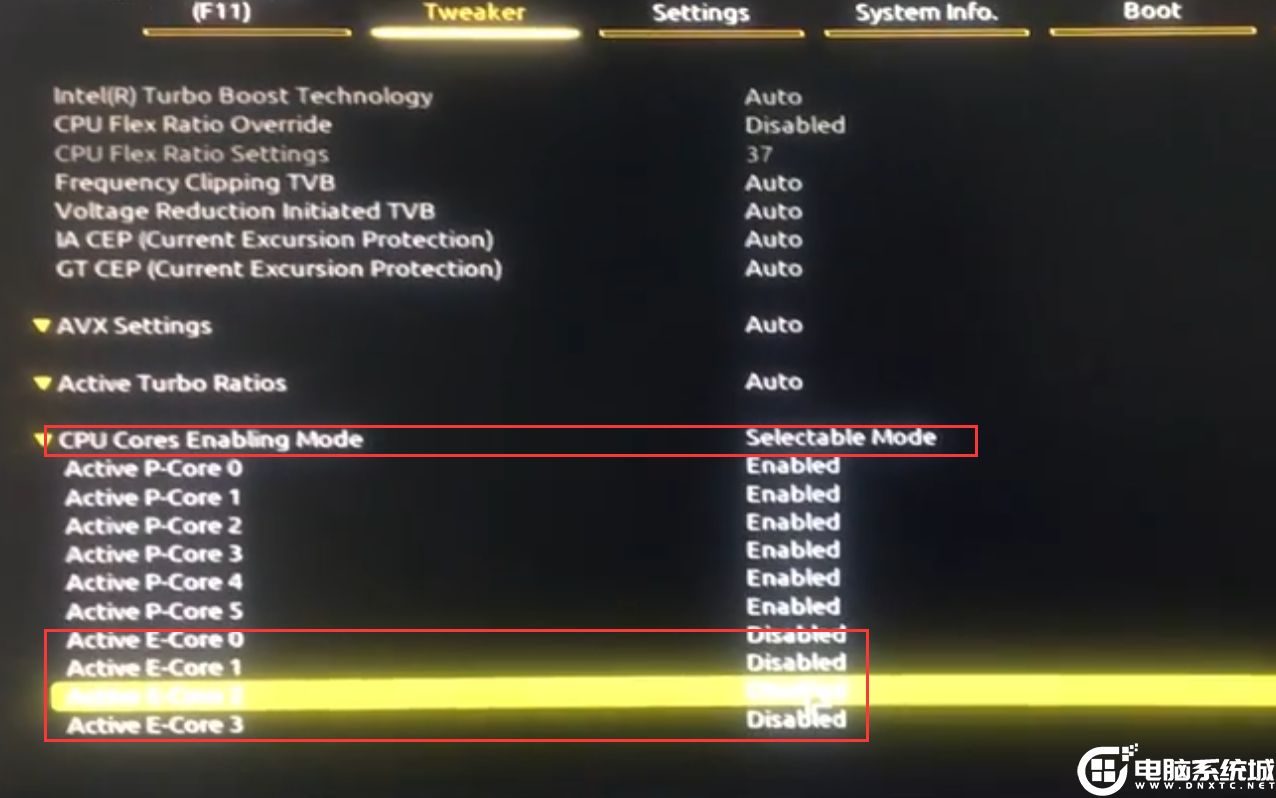

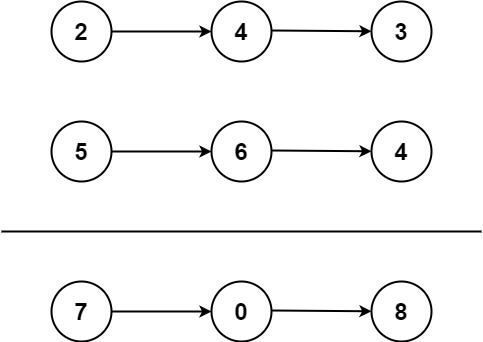



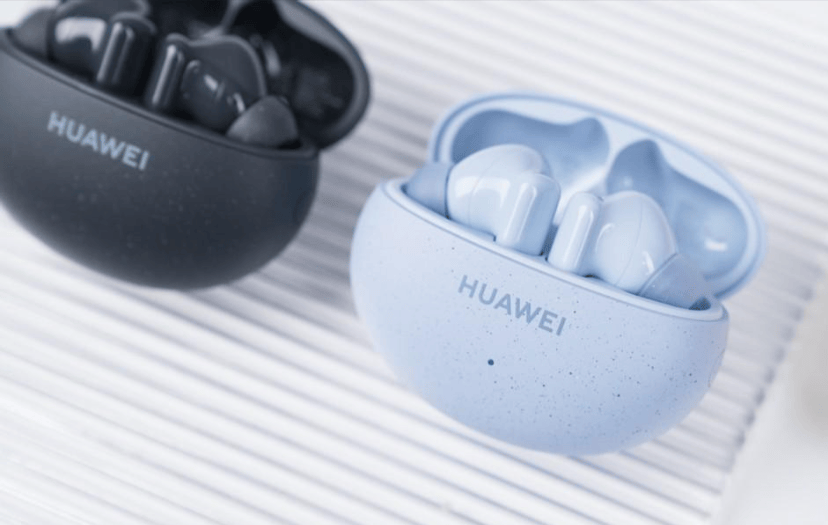



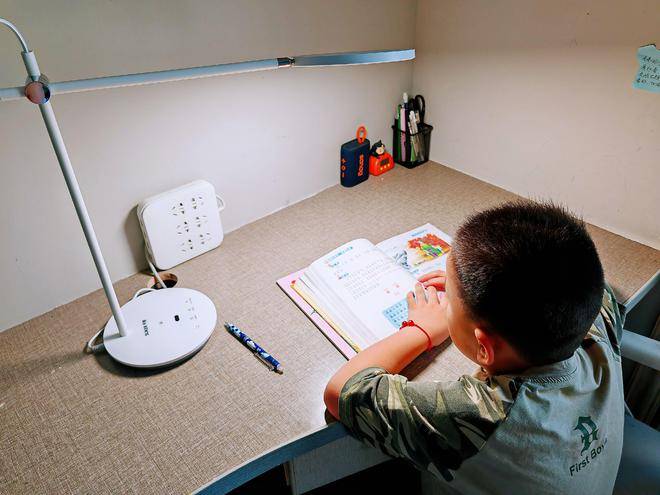
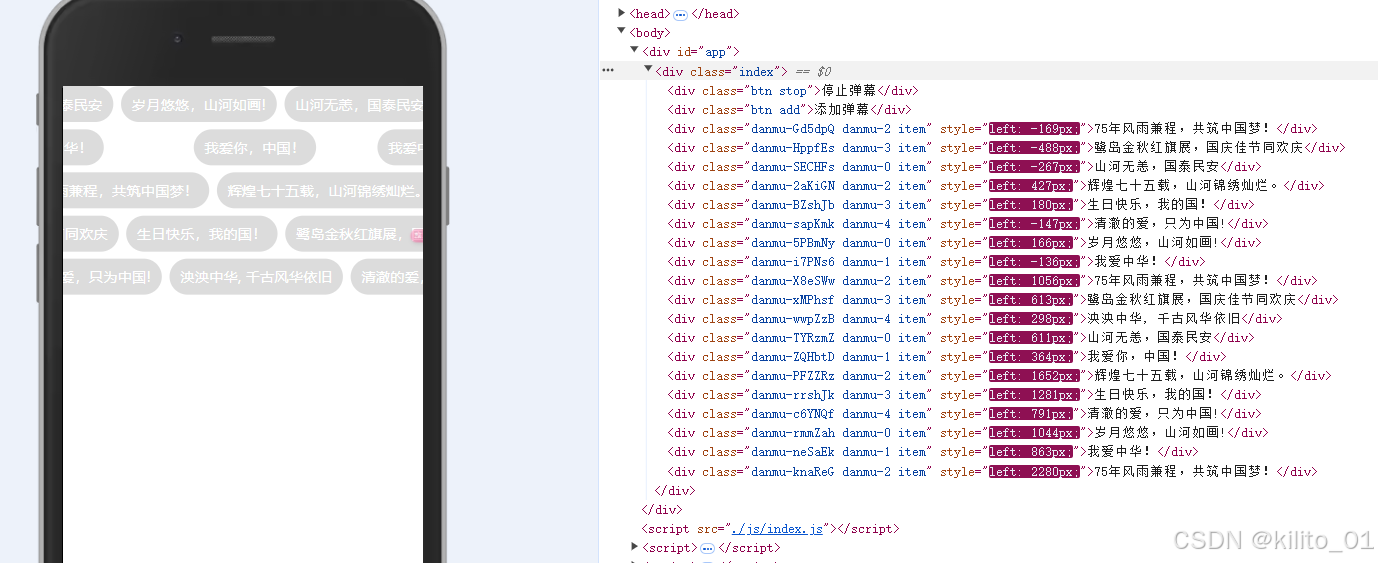
![[C语言]-基础知识点梳理-编译、链接、预处理](https://i-blog.csdnimg.cn/direct/5cc94287a23240a9931d80804c0cfa9d.png)
![[FSCTF 2023]ez_php2](https://i-blog.csdnimg.cn/direct/e68f7f556a944c5cb74f64ddb6b09b44.png)





